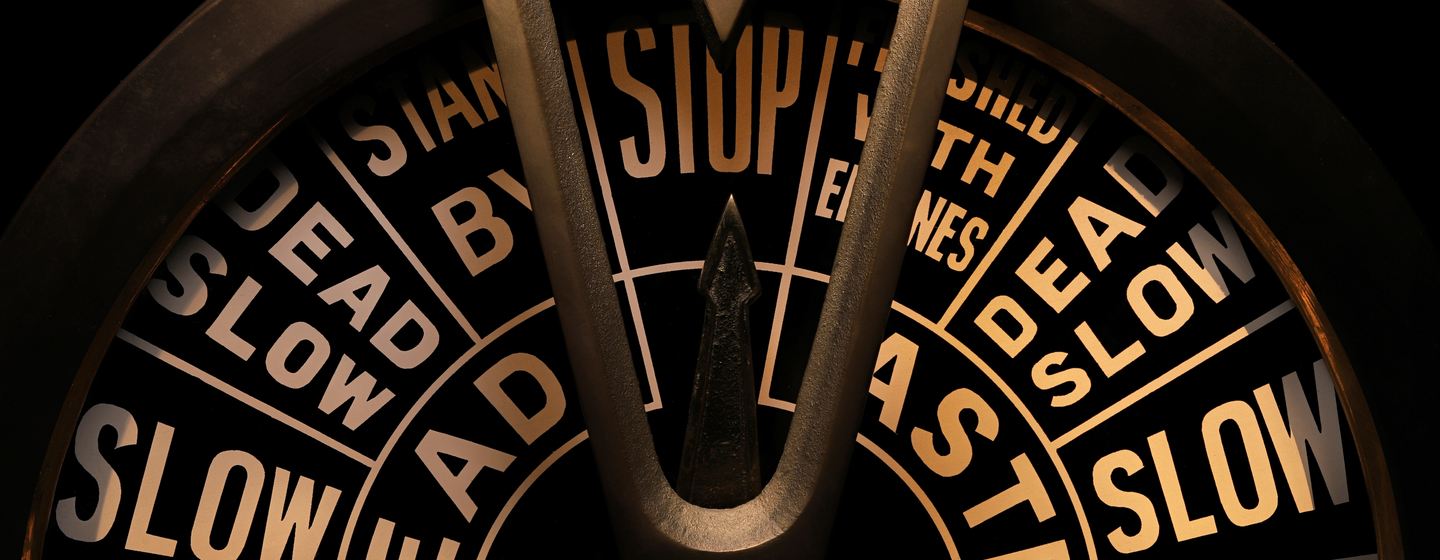Before diesel, hybrids, and silent lithium power, steam ruled the waves. Learn how marine steam engines powered early pleasure craft and set the engineering benchmarks that echo through today’s high-performance yachts.
Many yacht owners don’t realize that their state-of-the-art propulsion systems owe a debt to 19th-century steam innovations. This guide walks through how steam engines shaped modern luxury vessels.
Marine steam engines were the pioneering force behind modern yacht propulsion. They powered vessels with pressurized steam from coal- or oil-fired boilers, offering reliability and global range during the 19th and early 20th centuries. These engines laid the foundation for the mechanical layout, fuel efficiency principles, and redundancy systems now seen in today’s superyachts and expedition vessels. While largely obsolete, their legacy lives on in luxury marine engineering.
Why Were Steam Engines Important in Yacht History?
The marine steam engine, pivotal in the evolution of maritime travel and commerce, has a rich history dating back to the 18th century. The concept began with early experiments by inventors like Thomas Newcomen and James Watt, who developed practical steam engines for land use in the early 1700s. These innovations laid the groundwork for applying steam power to ships.
In 1807, American engineer Robert Fulton successfully launched the first commercially viable steamboat, the Clermont, which operated on the Hudson River. This marked the beginning of the steamship era, with ships now traveling faster and more reliably than their sail-powered counterparts, revolutionizing sea travel and trade.
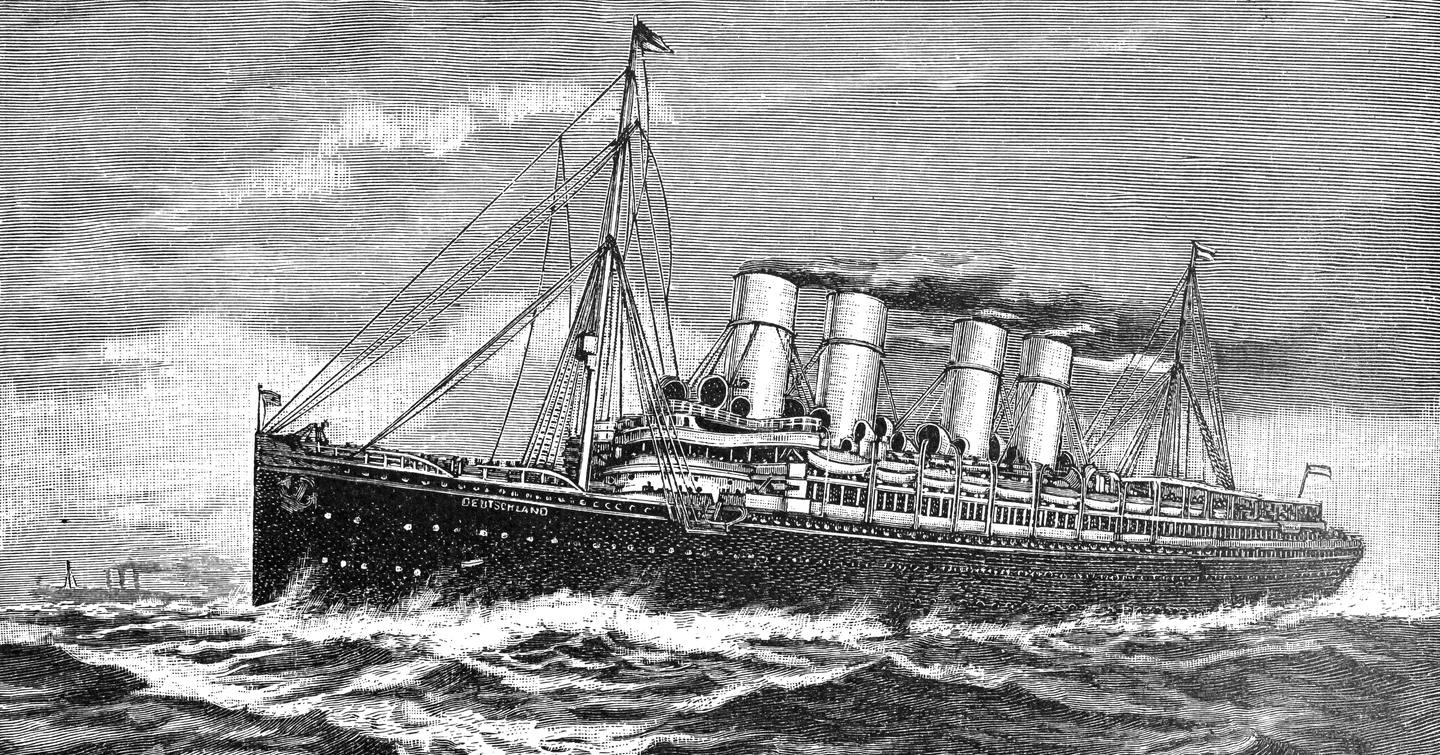
Throughout the 19th century, advancements in steam engine technology continued. The transition from paddle steamers to more efficient screw propellers improved performance and fuel efficiency. By the mid-1800s, compound steam engines, which used steam in multiple stages for better efficiency, became common.
The late 19th and early 20th centuries saw further refinements, including the development of triple and quadruple expansion engines, which used steam in three or four stages to extract maximum energy. The introduction of steam turbines in the early 20th century, most notably used in ships like the RMS Titanic, further enhanced power and efficiency, eventually leading to the decline of reciprocating steam engines.
By the mid-20th century, diesel engines (LINK HERE) and gas turbines (LINK HERE) began to replace steam engines due to their superior efficiency and lower operational costs.
Steam engines operated at 1,800 RPM, producing consistent 60Hz marine-grade power.
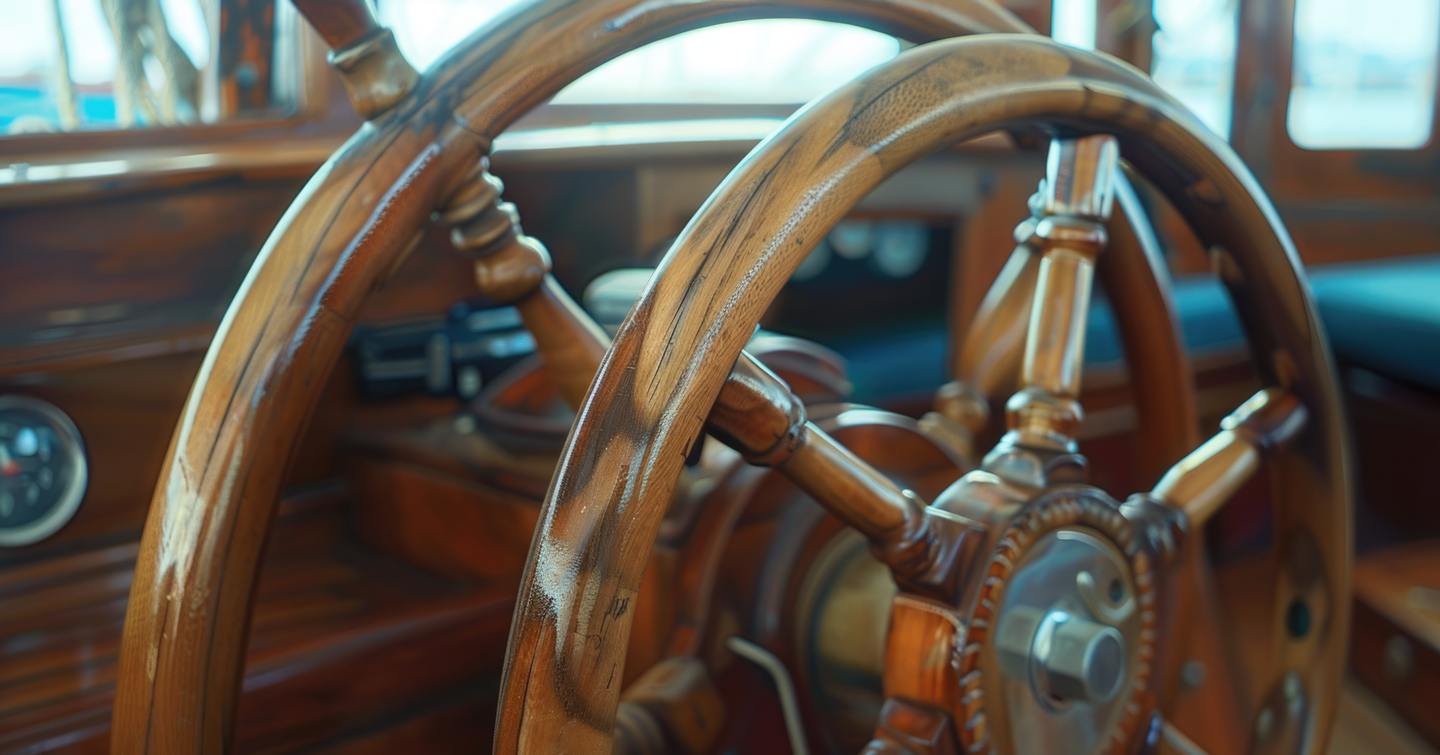
Types of Marine Steam Engines
Single Expansion Steam Engines
A simple expansion steam engine, also known as a single expansion steam engine, is a type of steam engine where the steam expands and performs work in a single cylinder before being exhausted. This is the most basic form of steam engine and is characterized by its straightforward design and operation.
In a simple expansion engine, high-pressure steam from the boiler is admitted into a single cylinder where it expands and pushes the piston. After performing work, the steam is then exhausted directly into the atmosphere or into a condenser.
Compound Steam Engines
A compound steam engine is a type of steam engine that improves efficiency by expanding the steam in two or more stages, typically using multiple cylinders. Unlike simple expansion steam engines, where steam expands in a single cylinder, compound steam engines utilize a series of cylinders of increasing size to progressively expand the steam and extract more work from it.
Triple or Multiple Expansion
A triple- or multiple-expansion steam engine is an advanced type of compound steam engine that uses three or more stages of steam expansion to maximize efficiency. These engines are designed to extract more energy from steam by allowing it to expand progressively in multiple cylinders of increasing size. This approach reduces thermal losses and enhances overall efficiency compared to simpler steam engines.
The SS DELPHINE is the only superyacht in the world still operating using quadruple expansion steam engines. Originally, the yacht was equipped with triple Babcock & Wilcox boilers, powering her two 1,500hp steam engines. Following a 2003 refit, the engine room was updated with two modern water-tube boilers, which now power the original engines.
How Do Marine Steam Engines Work?
Marine steam engines work by converting thermal energy from steam into mechanical energy, which then powers the ship's propeller or paddlewheel. Here is a step-by-step explanation of how they operate:
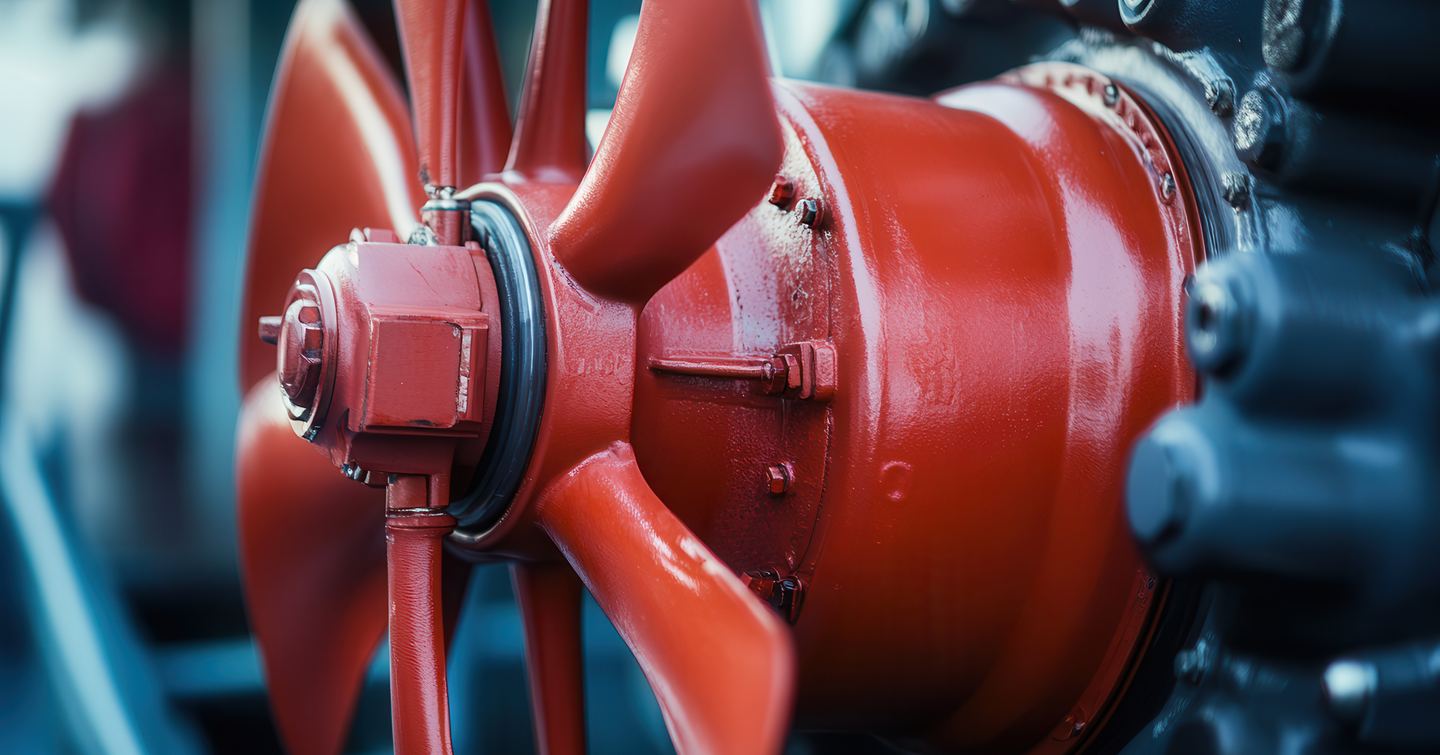
1) Boiler Operation
- Water Heating: The process begins with water being heated in a boiler. The heat source can be coal, oil, or another fuel. In modern ships, nuclear power is also used in some naval vessels.
- Steam Production: As the water heats, it turns into steam. The boiler is designed to maintain high pressure, ensuring that the steam is produced at a high temperature.
2) Steam Transfer
- High-Pressure Steam: The high-pressure steam is transferred from the boiler to the engine through a system of pipes and valves.
3) Engine Operation
- Cylinder and Piston Movement: The steam enters a cylinder, where it expands and pushes a piston. In a simple expansion steam engine, steam enters the cylinder once and pushes the piston for a single stroke
- Compound Engines: In more advanced designs, such as compound engines, the steam expands in multiple stages, moving from a high-pressure cylinder to a lower-pressure cylinder, which increases efficiency.
- Triple and Multiple Expansion Engines: In triple or multiple expansion engines, the steam passes through three or more cylinders, each at successively lower pressures. This allows for even greater efficiency and power.
4) Mechanical Energy Conversion
- Connecting Rods and Crankshaft: The piston's linear motion is converted into rotary motion via connecting rods and a crankshaft. This rotary motion is used to turn the ship's propeller or paddlewheel.
- Valve Gear Mechanism: The engine's valve gear mechanism controls the flow of steam into and out of the cylinders, ensuring the pistons move in the correct sequence.
5) Steam Exhaust
- Condensation: After passing through the engine, the steam is exhausted into a condenser, where it cools and condenses back into water.
- Recirculation: The condensed water is then pumped back into the boiler to be reheated and turned into steam again, completing the cycle.
Advantages & Disadvantages of Steam Engines
Advantages
- Well-understood and reliable technology
- Efficient when operating at a constant speed
- Runs on various types of fuel, including coal and oil
Disadvantages
- Steam engines and boilers require significant space onboard
- Safety risks due to high pressures and temperatures
- High emissions of particulate matter, sulfur dioxide, and other pollutants
How Did Steam Power Influence Modern Yacht Design?
Steam power revolutionized yacht design in ways that continue to influence modern marine architecture today. When steam engines first appeared on luxury vessels in the early 19th century, they fundamentally changed how designers approached yacht construction, layout, and functionality.
Revolutionary Yacht Design Changes
The introduction of steam propulsion systems transformed yacht design from the ground up. Unlike sailing vessels that relied entirely on wind power and required extensive rigging, steam-powered yachts needed dedicated engine rooms, coal bunkers, and sophisticated ventilation systems. This shift led to the development of the modern yacht's internal compartmentalization that we still see today.
Steam engines required substantial structural modifications to yacht hulls. Designers had to reinforce the vessel's framework to support heavy machinery, create water-tight compartments for safety, and develop new approaches to weight distribution. These engineering solutions laid the foundation for contemporary yacht design principles, including the modular compartment systems used in today's luxury vessels.
Impact on Yacht Size and Comfort
Steam power enabled the construction of larger, more luxurious yachts than ever before. Without dependence on wind conditions, these vessels could maintain consistent speeds and schedules, making them more practical for extended voyages. The reliability of steam propulsion allowed yacht designers to focus on passenger comfort rather than purely functional sailing requirements.
The famous steam yacht Savannah (1819) and later vessels like Corsair IV demonstrated how steam power could create floating palaces with unprecedented levels of luxury. These designs established many conventions still used in modern superyacht construction, including dedicated crew quarters, elaborate passenger accommodations, and sophisticated galley systems.
Modern Legacy in Yacht Design
Today's yacht designers continue to apply principles first established during the steam era. The concept of mechanical propulsion as the primary power source, backup systems for safety, and the integration of complex machinery into elegant living spaces all trace back to steam yacht innovations. Modern diesel engines, gas turbines, and hybrid propulsion systems are direct descendants of steam power technology.
The emphasis on self-sufficiency that steam yachts pioneered—including onboard power generation, water systems, and climate control—remains central to contemporary yacht design philosophy. Even electric and hybrid yachts incorporate lessons learned from steam-powered vessels about integrating complex mechanical systems with luxury accommodations.
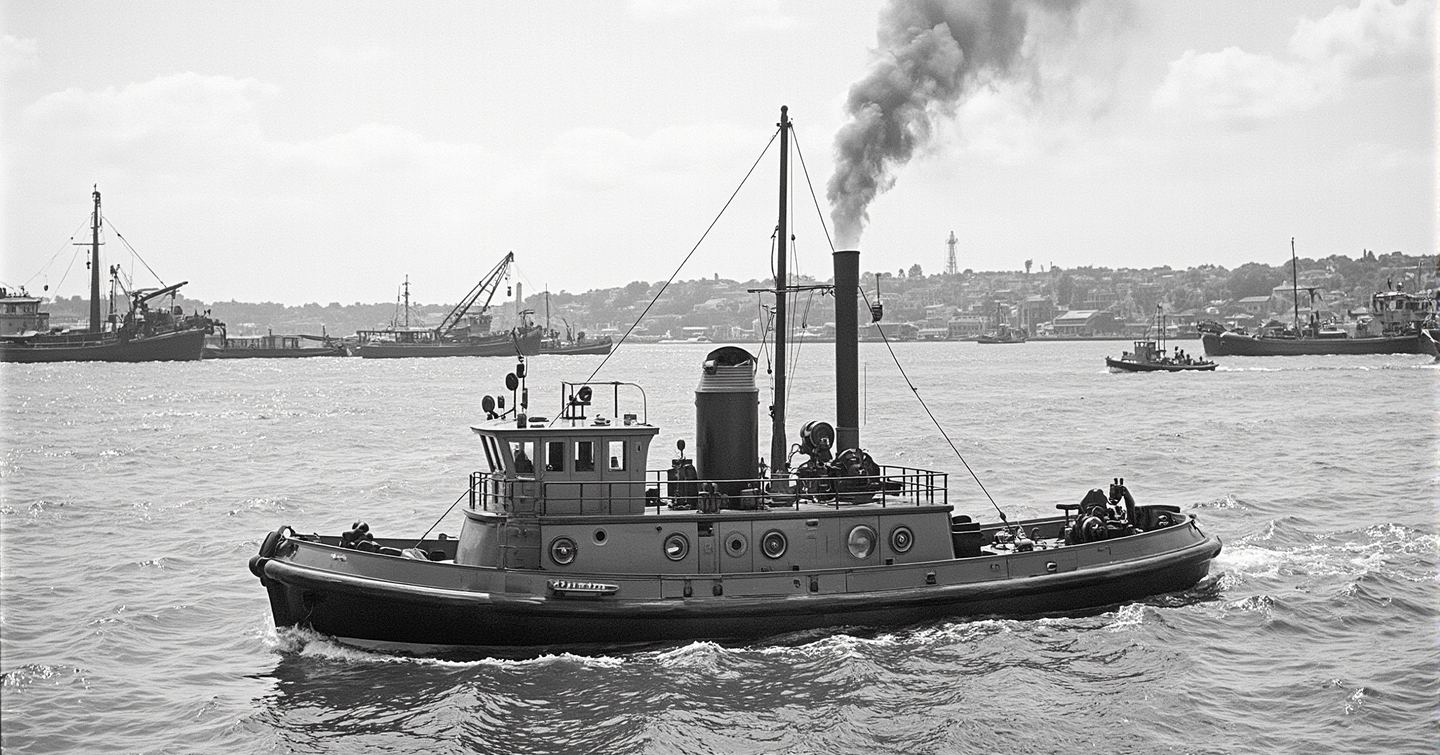
Are There Any Steam-Powered Yachts Still in Use Today?
Superyacht systems today still mirror the compartmentalization pioneered during the steam era.
The most famous operational steam yacht today is Medea, built in 1904, which still cruises using its original triple-expansion steam engine. This 196-foot vessel underwent extensive restoration to maintain its steam propulsion system while meeting modern safety standards. Medea demonstrates that steam yacht operation remains possible with proper maintenance and expertise.
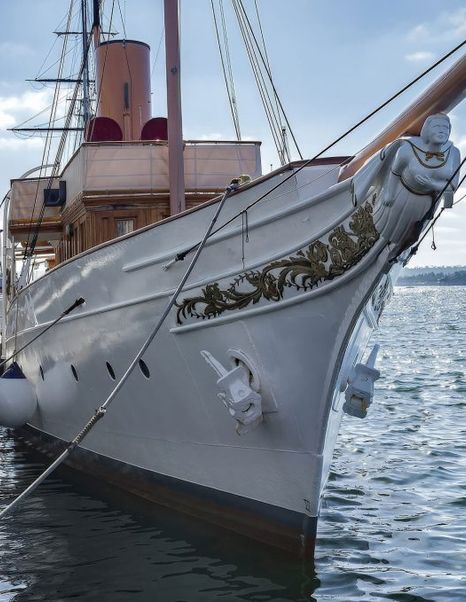
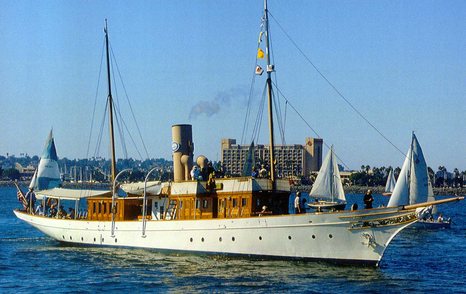
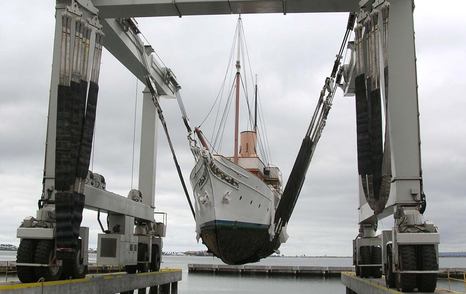
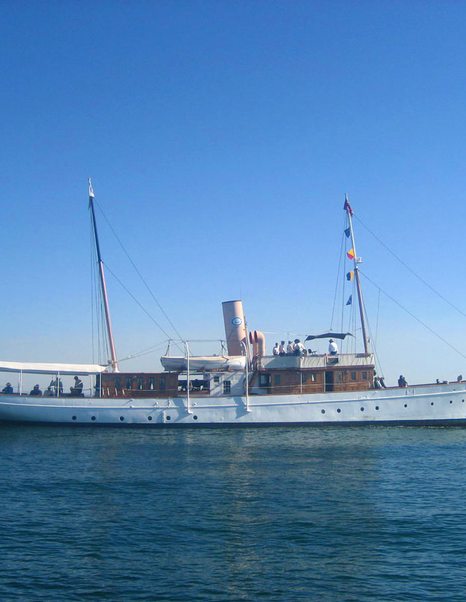
While steam-powered yachts are extremely rare in modern times, several historic vessels continue to operate, serving as floating museums, charter boats, and private collector pieces. These surviving steam yachts represent some of the finest examples of maritime craftsmanship and engineering from the golden age of yachting.
Challenges of Modern Steam Yacht Operation
Operating steam-powered yachts today presents unique challenges that explain their rarity. Steam engines require constant attention from skilled engineers, consume significant amounts of fuel, and need extensive maintenance compared to modern propulsion systems. The complexity of boiler operations, pressure systems, and coal or oil firing requires expertise that few marine engineers possess today.
Environmental regulations also pose challenges for steam yacht operation. Modern emissions standards and fuel efficiency requirements make steam propulsion less attractive than contemporary alternatives. However, some operators have successfully converted historic steam yachts to use cleaner burning fuels while preserving their original machinery.
Restoration and Preservation Efforts
Several organizations worldwide focus on preserving steam-powered vessels, including yachts. The Steam Ship Historical Society of America and similar international groups work to maintain operational steam vessels and preserve the knowledge needed to operate them. These efforts ensure that future generations can experience the unique character of steam-powered yachting.
Private collectors and maritime museums continue to invest in steam yacht restoration projects. While expensive and time-consuming, these restorations preserve important examples of marine engineering history and keep traditional shipbuilding skills alive.
Top historical steam yacht: Turbinia — the first to use a steam turbine engine (1894).
Marine Steam Engines in a Nutshell: What to Know
| Category | Description |
|---|---|
| Purpose | Steam engines in yachts were primarily used for propulsion, particularly in luxury and military vessels from the 19th to early 20th centuries. |
| Time Period | Mid-1800s to early 1900s; later replaced by diesel and internal combustion engines. |
| Fuel Types | Coal (earliest models), followed by oil-fired boilers for improved efficiency and cleaner operation. |
| Engine Types | Reciprocating steam engines (simple, compound, and triple-expansion) and steam turbines (introduced later). |
| Boiler Types | Scotch marine boilers, water-tube boilers, and fire-tube boilers were commonly used. |
| Advantages | Reliable at the time, strong torque for heavy vessels, and smooth operation at low speeds. |
| Disadvantages | Bulky and heavy, low fuel efficiency, high maintenance, and long startup times. |
| Notable Examples | Steam yachts like the *Turbinia* (first turbine-powered yacht) and the royal yacht *Victoria and Albert*. |
| Modern Relevance | Mostly phased out; now found in historical vessels, museums, or private collections for heritage purposes. |
| Environmental Impact | High emissions, large carbon footprint due to coal/oil use, and non-compliance with modern environmental standards. |
In Summary
Marine steam engines have left an indelible mark on maritime history, transforming the way ships were powered and operated. From their early inception in the 18th century to their dominance in the 19th and early 20th centuries, these engines revolutionized naval and commercial shipping by providing consistent and powerful propulsion.
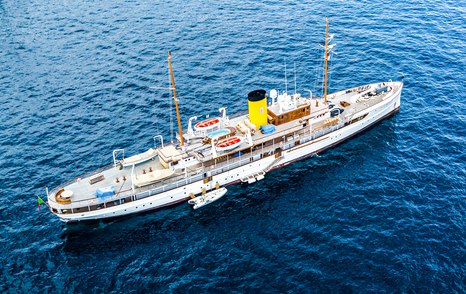
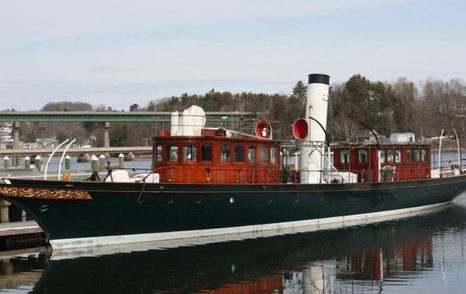
Despite being largely replaced by more modern and efficient technologies such as diesel and gas turbines, the legacy of marine steam engines remains, with yachts such as the SS DELPHINE and CANGARDA retaining their original steam-powered engines.
Ultimately, the development of this early propulsion system laid the groundwork for advancements in marine engineering, contributing to the evolution of ship design and future powertrains.
Ready to explore your passion for yacht? Explore our curated selection of yachts for sale—each one carefully vetted for authenticity, build quality, and operational history. Whether you're searching for a performance cruiser, a long-range explorer, or a proven charter vessel, YachtBuyer platform connects serious buyers with reliable options from established builders. Start your search with confidence—every yacht we feature meets our standards for transparency and accuracy.
